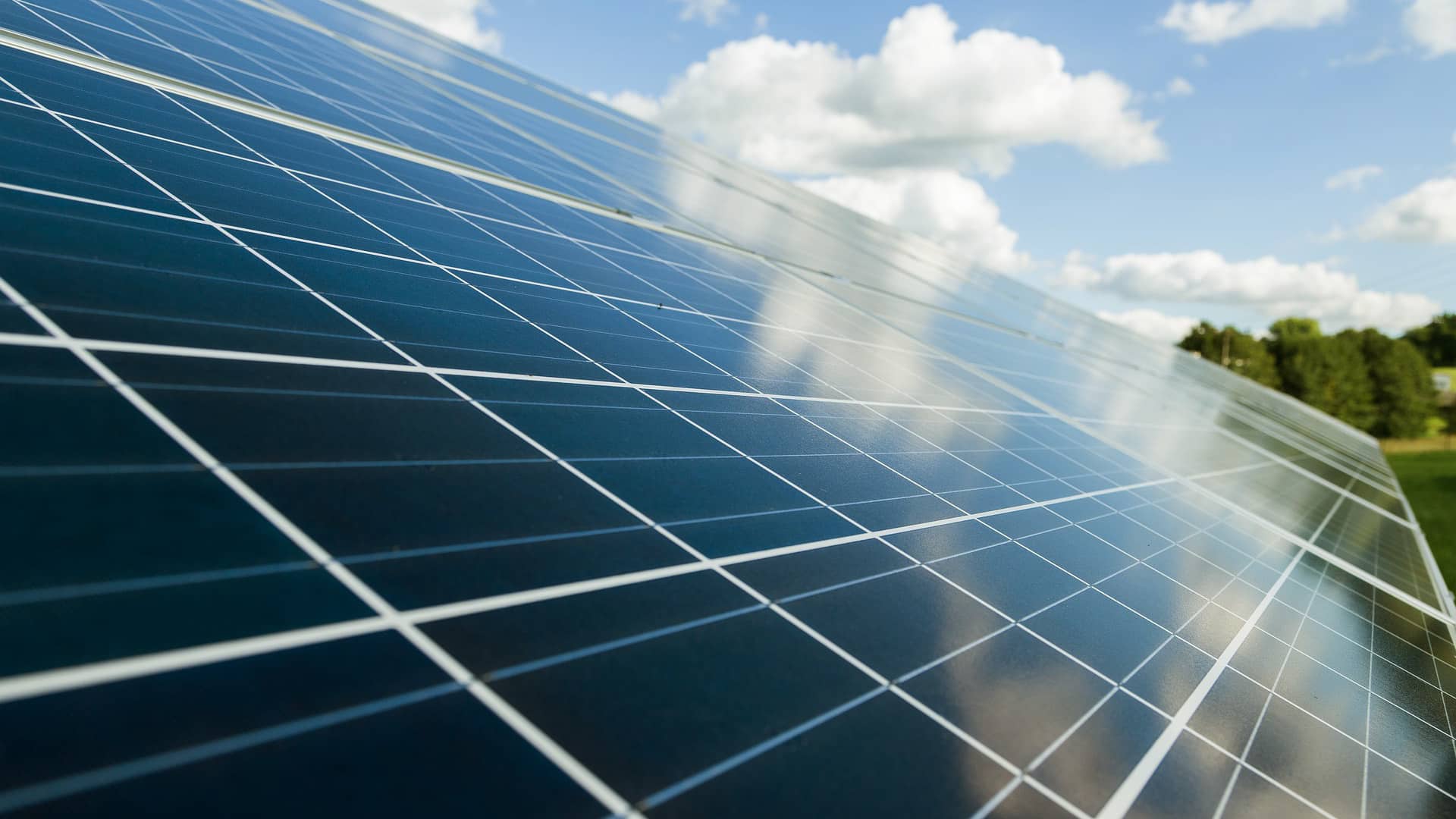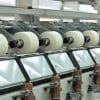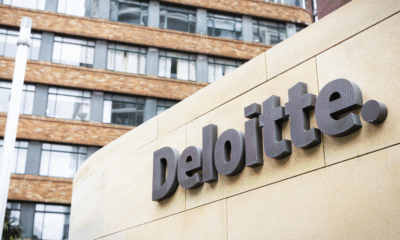Business
PLI scheme for solar PV modules a positive for domestic OEMs: ICRA
The production-linked incentive (PLI) scheme for solar PV modules is a positive for domestic original equipment manufacturers and it would help improve cost competitiveness for the domestic industry, rating agency ICRA said on Monday. “The benefits available under the PLI scheme along with the imposition of basic customs duty (BCD) on imported solar PV cells and imported solar PV modules are likely to improve the cost competitiveness of domestic PV module manufacturers against imported modules by more than 10 per cent at the prevailing imported module prices, under assumption of backward integration up to cells,” it said in a statement.
Girishkumar Kadam, Co-Group Head & Vice President – Corporate ratings, ICRA, said that given the focus on development of integrated solar module manufacturing facilities, which is both capital and technology intensive, timely selection of such projects under this scheme and implementation of the manufacturing capacities with value addition thereafter remains important to reduce the dependence on module imports. According to ICRA, the PLI scheme along with imposition of BCD on imported modules and cells from April 2022 will improve the cost competitiveness of domestic manufacturers vis-a-vis imports. The scheme outlay to support 21 GW of module supplies from domestic original equipment manufacturers (OEMs) over a five-year period.
Also read: No space for vaccine nationalism: FM calls for sharing of COVID vaccine technology
The Ministry of New & Renewable Energy has notified the guidelines for the PLI scheme to promote the domestic manufacturing of high efficiency solar modules and thereby reduce dependence on imports in the solar power sector. The scheme has been approved with a financial outlay of Rs 4,500 crore over a period of five years. The scheme beneficiaries will be selected through a bidding process, with the applicants proposed to be evaluated based on the extent of integration and capacity. The criteria include minimum integration across cells and modules; minimum manufacturing capacity requirement of 1 GW and a certain minimum level of module performance. The bidders shall be ranked based on the extent of backward integration and proposed manufacturing capacity and then selected based on the PLI requirement quoted for the five-year period. While both the greenfield and the brownfield manufacturing units are eligible for PLI, the PLI rate for brownfield units shall be 50 per cent of the rate for brownfield units.
The maximum capacity that can be offered to any single bidder is 50 per cent of the bid capacity or 2000 MW (whichever is lower) to enable participation of at least three manufacturers under the scheme. Vikram V, Sector Head & Assistant Vice President – Corporate Ratings, ICRA, said in the statement, “At the base PLI rate of Rs 2.25 per watt power, the PLI outlay of Rs 4,500 crore can support manufacturing and sale of 21 GW of solar PV modules over a five-year period, translating into 4 GW per annum, at the base module efficiency specified in the guidelines and considering a full backward integration of the proposed units.” However, this remains lower than the expected annual solar PV demand of 8 to 10 GW in India, in the near to medium term, he said. “In this context, the dependence on imported solar PV modules may continue in the near to medium term.
The PLI payable to manufacturers will be computed based on the volume of module sales, the base PLI rate subject to meeting the technical performance criteria, the tapering factor and the local value addition, ICRA said. The tapering factor would move from 1.4 times in the first year to 0.6 times by the fifth year, with a variation 0.2 times every year. The tapering of PLI benefit over the 5-year period is to incentivise the manufacturers to improve their competitiveness. The manufacturers are required to commission the units within 1.5 to 3 years from the date of sanction. The timeline increases as the integration moves from cells & modules to include wafers, ingots and polysilicon. Inability to meet the bid capacity and efficiency will make the manufacturers ineligible for PLI payments, till the deficiencies are rectified. Also, in case the actual PLI claimed by the bidder is lower than the quoted value by more than 25 per cdnt for a particular year due to lower sale volumes, it would lead to limitation of PLI disbursement to 95 per cent of the actual PLI claimed, it added.










































